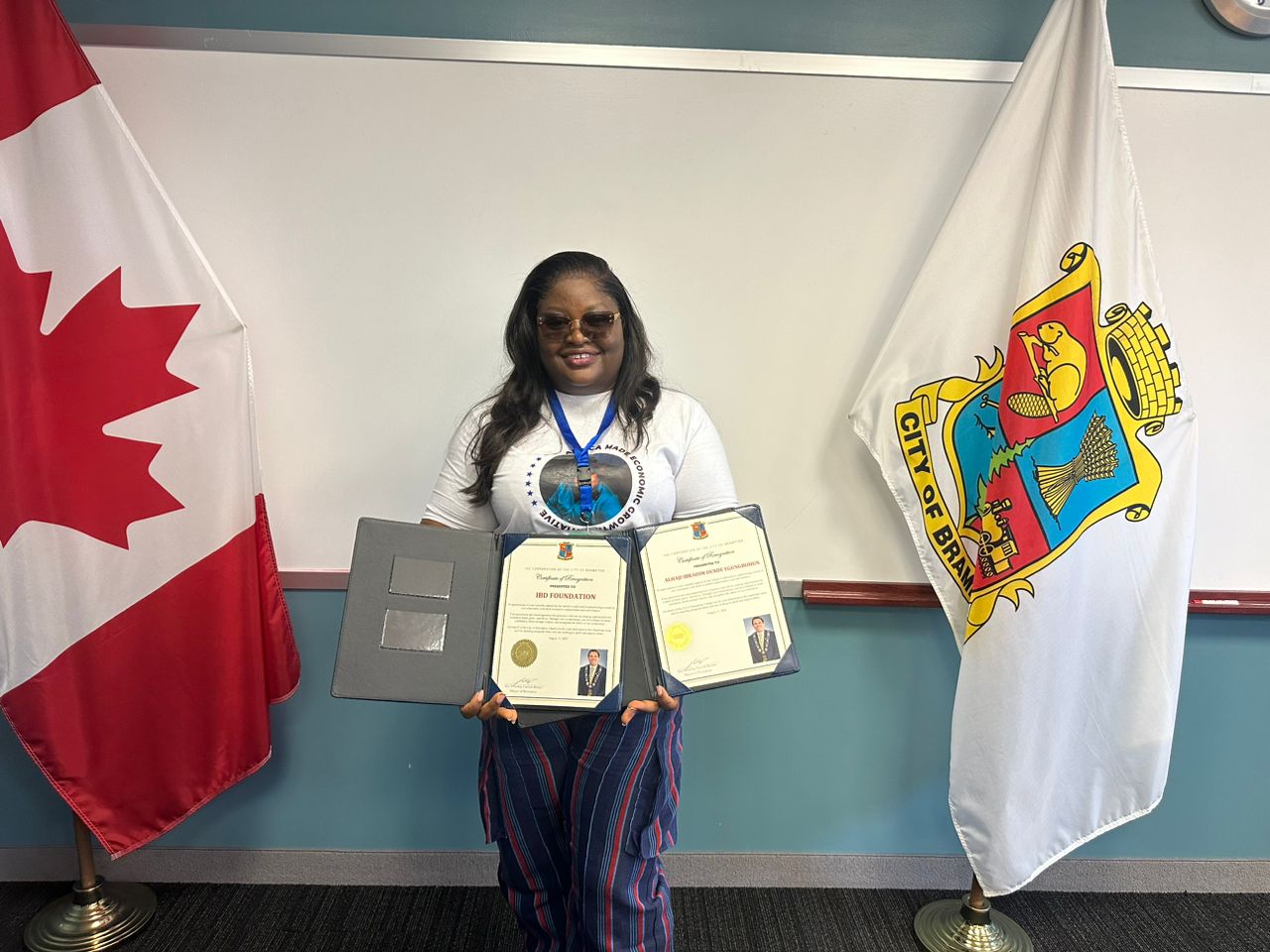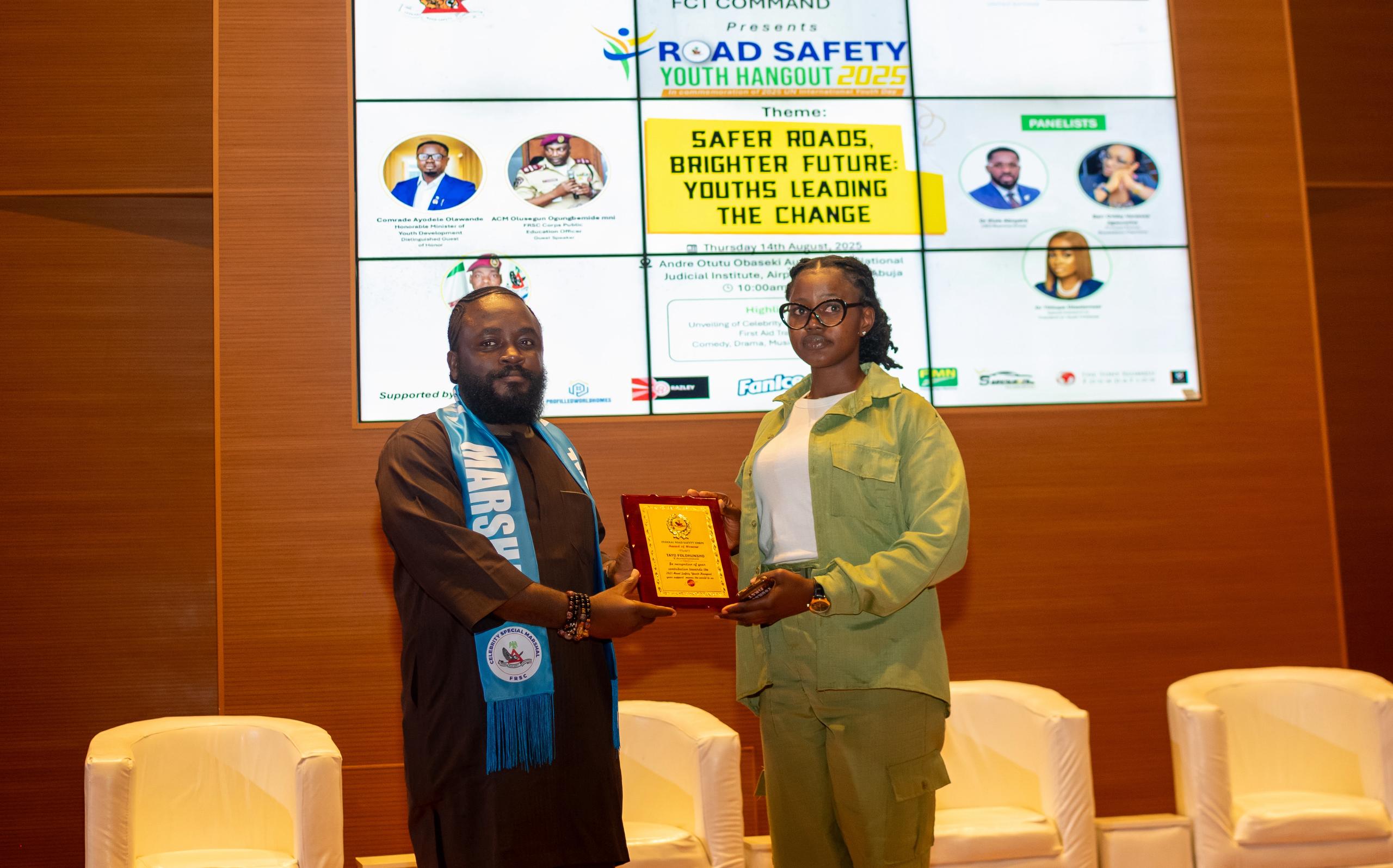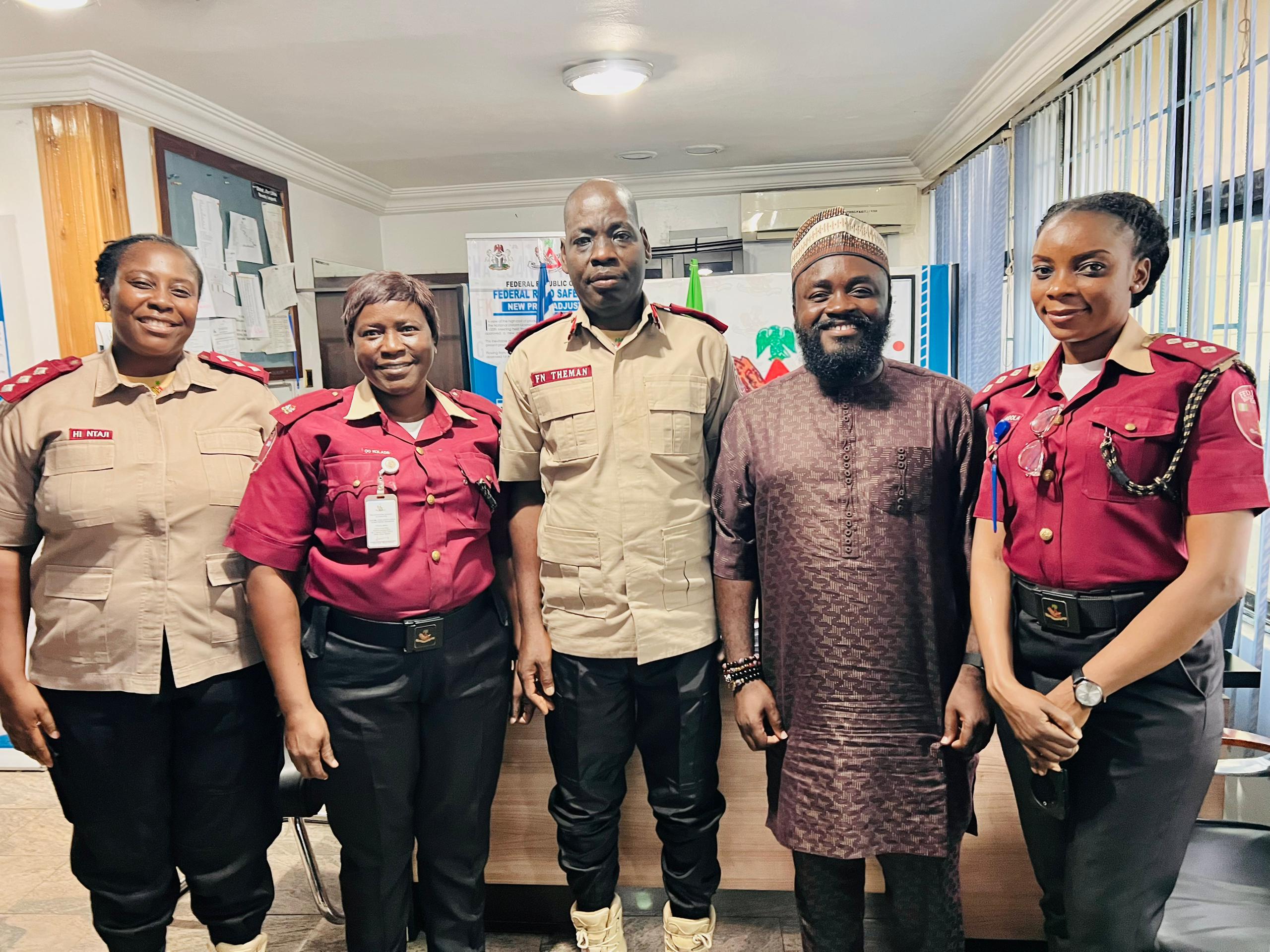FRSC Partners with Edutainment First International to Drive Road Safety Awareness in Nigeria
In a country where road accidents claim thousands of lives each year—most of them young people—the Federal Road Safety Corps (FRSC) and Edutainment First International have launched a bold new initiative to change the narrative. On Thursday, August 14, both organizations hosted the maiden Road Safety Youth Hangout at the National Judicial Institute, Abuja.

The event, held to mark United Nations International Youth Day 2025, brought together more than 300 participants, including members of the National Youth Service Corps (NYSC), students, youth leaders, and community representatives. Unlike traditional road safety campaigns, the hangout was designed as an interactive forum blending education and entertainment, where young Nigerians could learn, innovate, and commit to safer road practices.
According to FRSC data, young people remain the most vulnerable demographic in road traffic crashes across Nigeria—an urgent concern this initiative aims to tackle. Through storytelling, innovation, and collaborative problem-solving, the Road Safety Youth Hangout sought to transform young Nigerians into advocates for safety within their communities.
“This is not just about rules and regulations,” said one of the organizers. “It’s about equipping young people with the tools and the voice to change Nigeria’s road culture.”
Aligned with the UN’s 2025 theme, “Local Youth Actions for the SDGs and Beyond,” the program underscored the critical role of young Nigerians in advancing the Sustainable Development Goals (SDGs), particularly those connected to health, safety, and responsible citizenship.
By focusing on empowerment rather than enforcement, FRSC and Edutainment First International signaled a fresh approach to road safety: investing in the next generation as the real drivers of change. The belief is simple yet powerful—an informed and empowered youth population is key to reducing accidents and saving lives.
For many participants, the hangout was more than just an event; it was a wake-up call. With interactive sessions infused with music, drama, and dialogue, young Nigerians were challenged to reflect on their daily habits as road users and to embrace leadership as advocates for safer communities.
As one youth participant reflected:
“Road safety isn’t just the job of the FRSC. It’s our responsibility too—because we are the ones most at risk.”
The maiden edition of the Road Safety Youth Hangout may have ended, but the movement it launched has only just begun. Its message was unmistakable: Nigeria’s fight for safer roads must be youth-led, collaborative, and relentless.

 society5 months ago
society5 months ago
 Politics2 months ago
Politics2 months ago
 society4 months ago
society4 months ago
 society3 months ago
society3 months ago


















